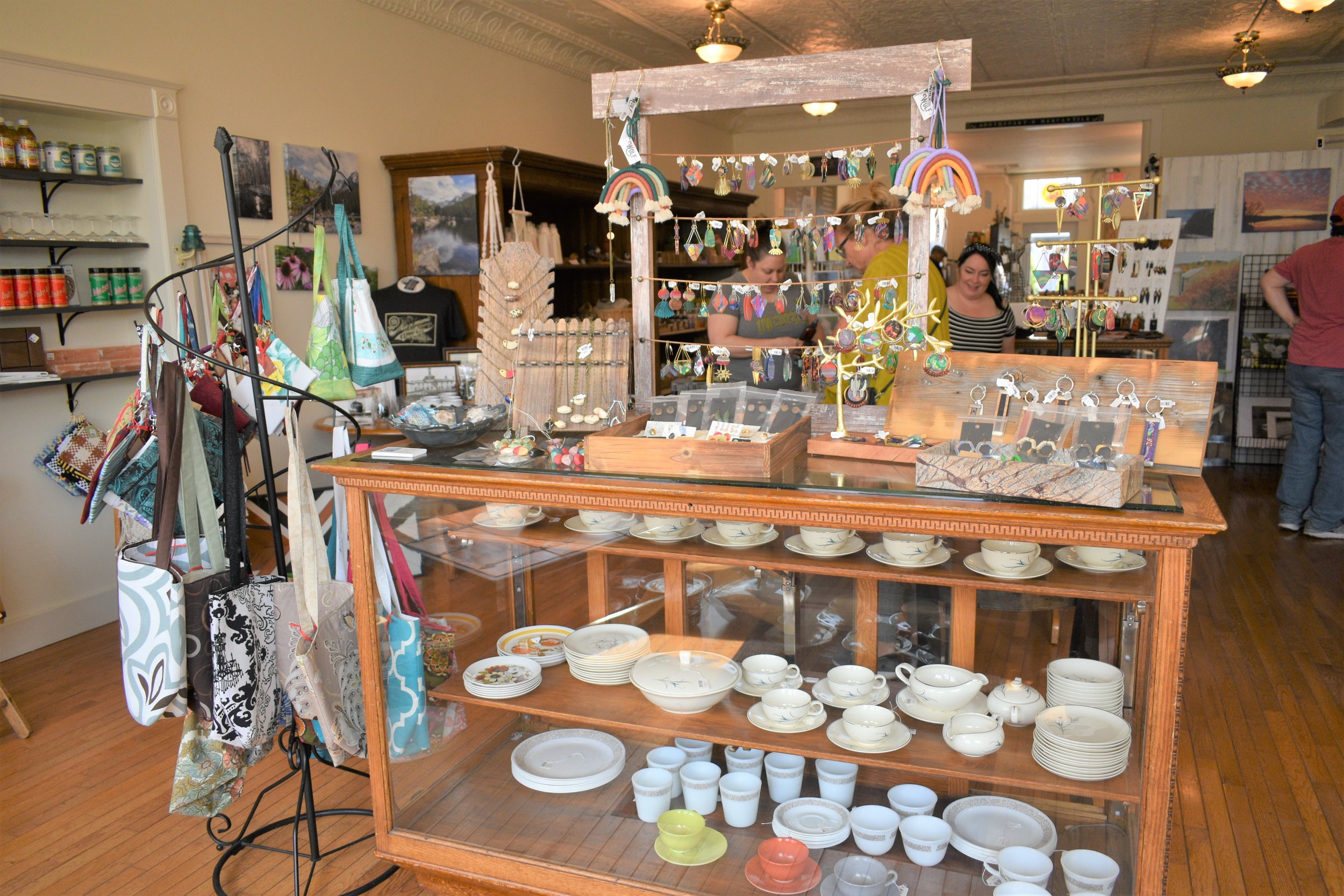How to find your artistic family tree
If you’ve ever heard me talk about art and the journey of becoming and artist, you may have heard me talk about the idea of finding your artistic family tree.
I’m not talking about genealogy. I’m not talking about trying to trace your roots back to Van Gogh or Monet. Let me explain.
We all understand the concept of a real family tree. You, as a human, are the product of your parents. Their genes combined to make you. Their traits are now your traits. Your shape, size, ability to consume carbs (or not) are now what makes up you. Also, their parents’ genetic traits combined to make them and so on up the family tree.
An artistic family tree is similar, but we’re not talking about flesh and blood. We’re talking about inspiration.
There is an old saying, “there’s nothing new under the Sun.” The meaning behind this is that everything we see is a derivative of something that came before it. You may make an amazing landscape painting, but it’s nothing new, not really. It’s always going to be similar in color, style, medium, approach and subject to something else. Understanding what inspires you, and, more importantly, who inspires you, will help you understand where you fit in the world of the arts.
My artistic family tree
My artistic journey was heavily influenced by European artists involved in the modern art movement. André Derain was a fauvist artist from the turn of the 20th century. His work, particularly his scenes of London and some landscapes, blew my mind.
Derain was part of a group known as “Les Fauves.” The group consisted of Derain, Maurice de Vlaminck and Henri Matisse. Others joined later, but these were the three who begun the short-lived art movement known as “fauvism.” Their work used bold color and bold brush strokes to render beautiful scenes of everyday life.
When I began looking deeper into Derain’s work, I discovered Matisse and de Vlaminck. Matisse’s work didn’t speak to me as much as de Vlaminck’s. These are my first “ancestors.” Once I had rediscovered fauvism, I began to research further up the tree. I wanted to know what inspired Derain and de Vlaminck to paint the way they did.
Fauvism is a sub-art movement within the post-impressionist movement of the late 19th century. It took the ideas of post-impressionism and said “what if we change up the colors a little?” (This is a crude simplification, but for the purpose of this article we’ll go with it.)
While looking at post-Impressionism, I was reintroduced to the work of Van Gogh. Having looked through The work of Derain and de Vlaminck, I found similarities in brushwork between them and Van Gogh. They also painted similar scenes and portraits. They left their brushstrokes bold and standing proud off the canvas. I like this, I also like how they left areas of the canvas bare. I incorporated these ideas into my work and began to play with brushwork and bare sections of canvas. Van Gogh is my next ancestor.
As a post-impressionist, Van Gogh’s work can be traced back to the impressionist movement, largely credited as being founded by Monet, however Paul Cezanne was also a large influence in this movement. In fact, Pablo Picasso famously regarded Cezanne as “the father of us all.”
Impressionism was an art movement in response to the stifling artocricy that was in place at the time. Impressionism challenged the status quo by using unrefined brushstrokes to create “impressions” of everyday scenes of everyday people.
What does your artistic family tree mean?
My artistic family tree is me, Derain, de Vlaminck, Van Gogh, Monet and Cezanne.
I don’t aspire to be like any of them in particular. I admire their work. I appreciate their brushstrokes, their use of color and their approach. But just like our real family trees, we’re not simply a carbon copy of or parents. What we do with our genetics is up to us. Similarly, what we do with our inspiration is up to us. We can take this inspiration, the useful bits, learn from them, adapt them, mix and remix them, and be something more than the sum of our parts.
Your artistic family tree isn’t to pigeon hole you into a category of arts that you can’t get out of. Its not intended to label you as “the next Van Gogh.” It’s to act just like a regular family tree. It’s a road-map to help you find where you fit in relation to your inspiration. It’s a support network, just like your real family tree, for you to reach out to and find guidance (by researching their lives if they happen to be dead.)
By researching the past, I’ve found lots of inspiration. This inspiration isn’t simply of what to paint or how to paint. It’s helped me understand how to think and approach work. It’s encouraged me to be curious and try new things on the canvas. Most of all, it’s helped me understand the role an artist takes in the world.
Dan Howard is an up and coming artist from Viroqua, Wisconsin.




